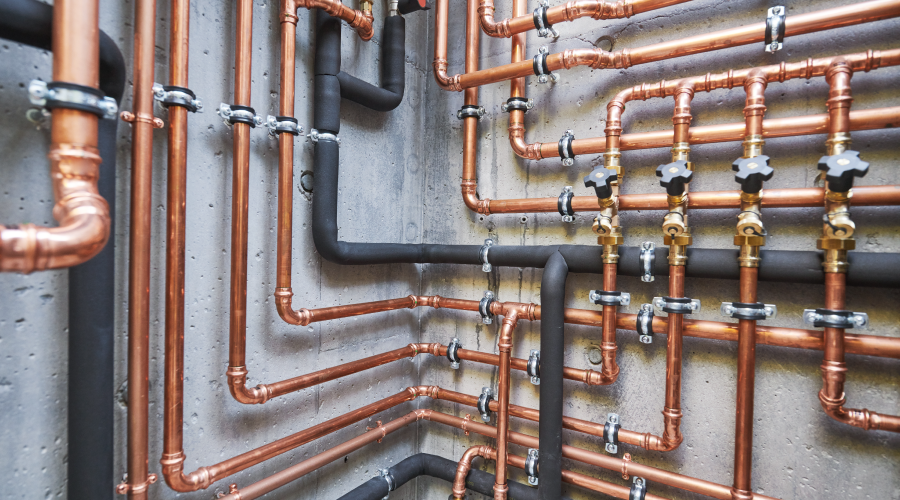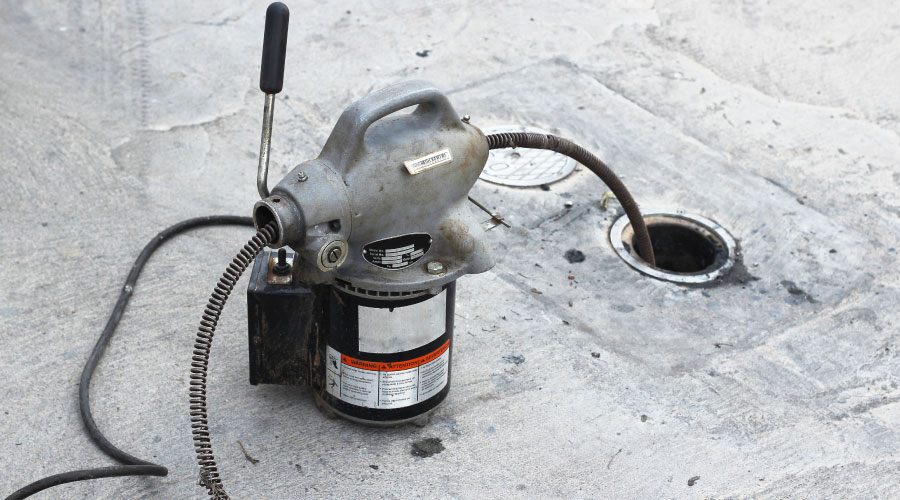Finding Proper Tool Essential to Drain Cleaning Success
An essential strategy for maximizing the effectiveness of drain cleaning activities is ensuring technicians have access to and actually use the most appropriate equipment for a given job.
When rodding a section of drain piping, it is essential that the technician select the right size and type of accessory. If the augur is undersized for the drain diameter, the technician might need to return soon and rod the same drain. This scenario arises because solids tend to remain attached to the pipe wall and rapidly attract more buildup that inhibits and eventually blocks flow. In some situations, it pays to rod a pipe and follow up with a water jetter to flush remaining solids from the pipe wall and leave a smooth surface. The little extra time required for this follow-up procedure can be cost-effective, ensuring the pipe remains open many months longer.
The right type of accessory for any given job also is essential. If roots are a problem and the technician is using a smooth augur tool, it might open the drain a little and improve the flow. But it also might leave some roots in the drain, which will grow and clog it quickly. A root cutter has a saw-blade edge that effectively removes roots completely, again assuming the technician uses the right size so it leaves drain walls clean and smooth. Jetting the drain also is a good practice in this case to ensure all debris is flushed completely from the pipe and not just moved down the drain farther, which can cause a more serious blockage by compacting the debris and making it harder to remove.
Whether rodding or jetting, technicians need to know not only the diameter of the drain but its length, the number of turns, and the cable length needed to ensure they clean the entire length of the drain. For example, if several laterals enter a riser at different levels in a multi-story facility, clearing one lateral and moving the blockage to the riser because the cable is not long enough to clear the riser might leave the blockage at the bottom of the riser, causing the backup to affect several laterals at the low end of the riser, beyond the reach of the too-short rodder cable.
Related Topics:













